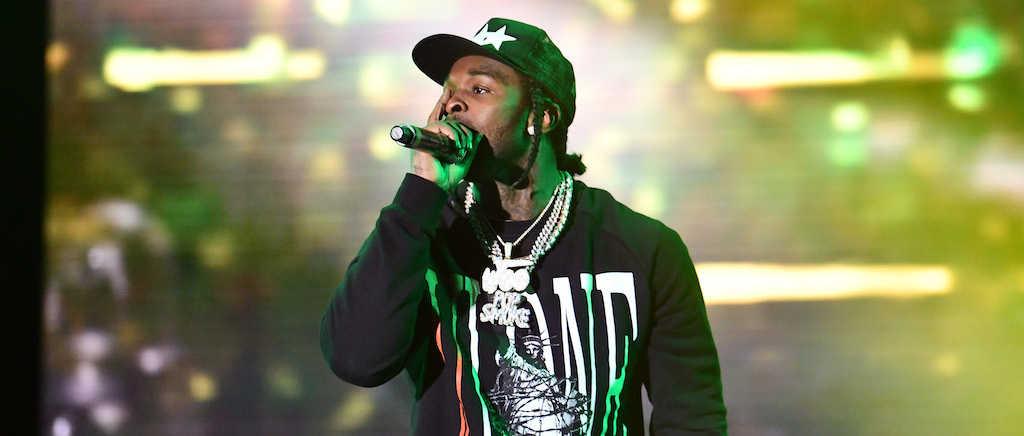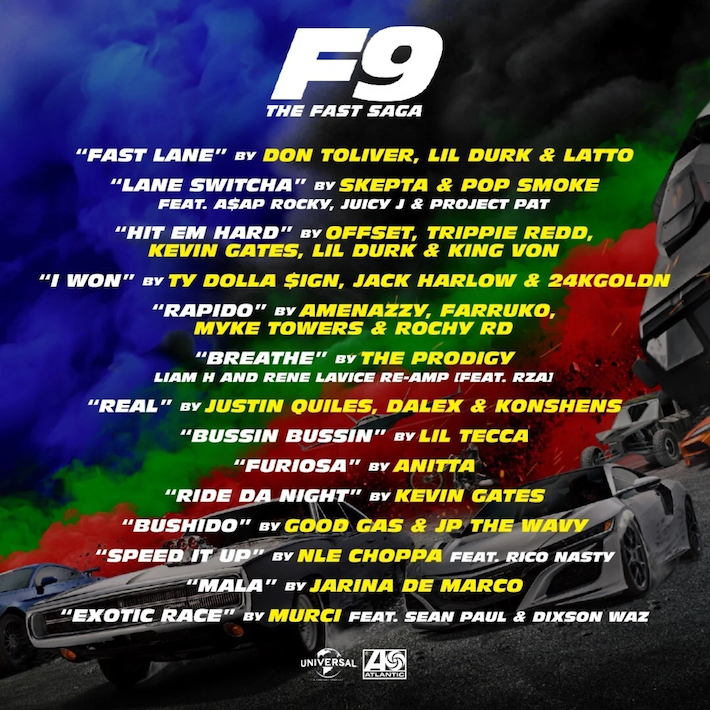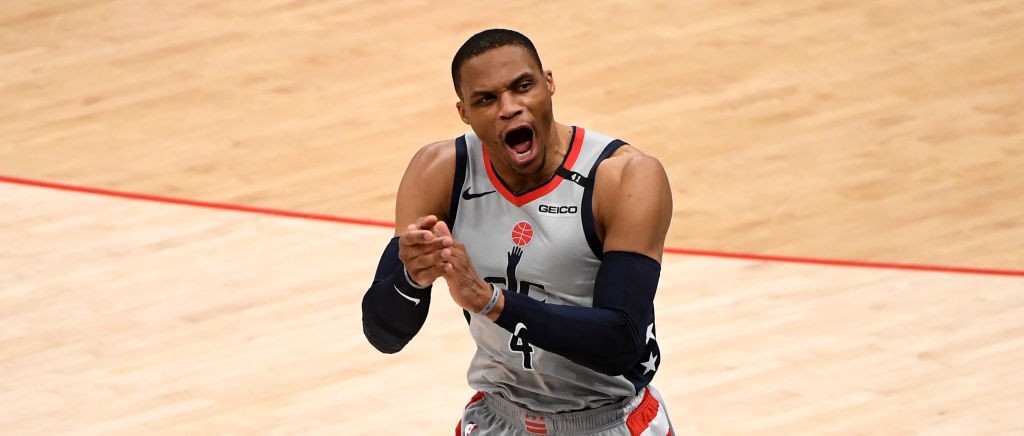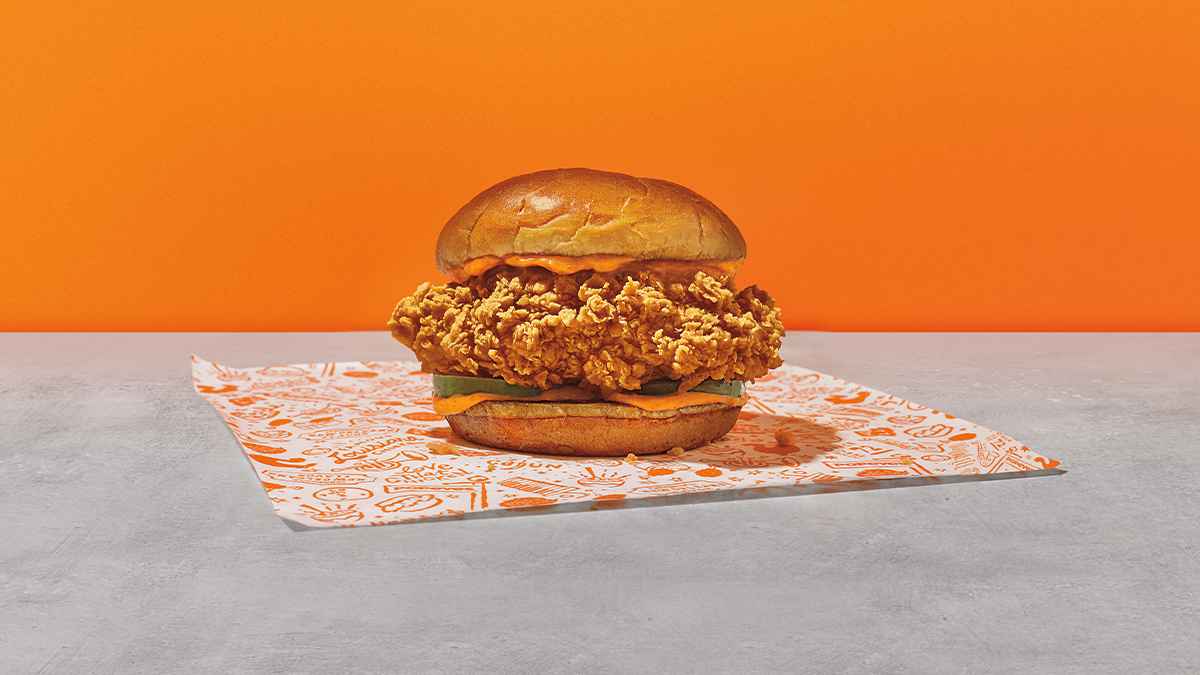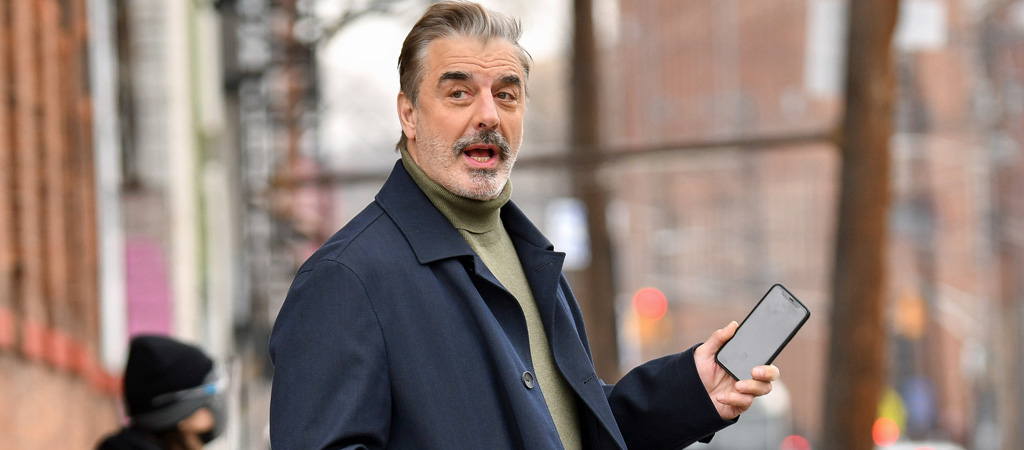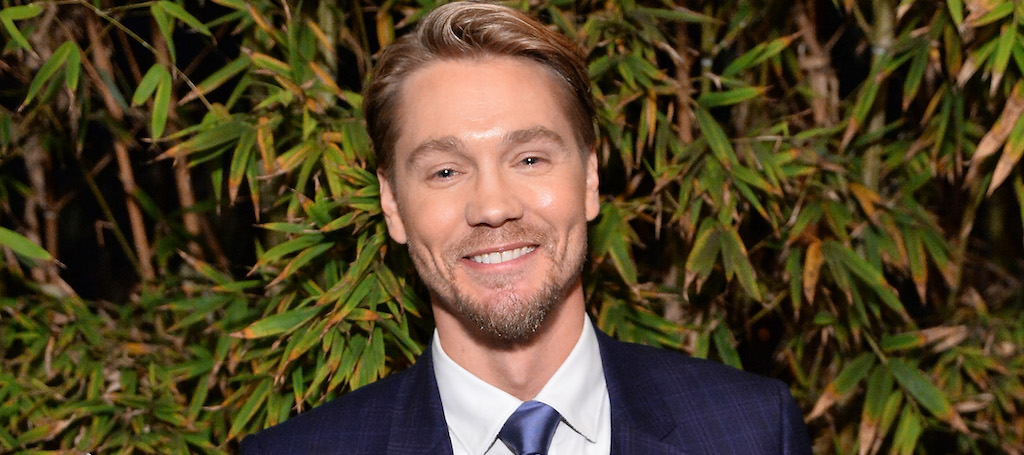
Filmmakers sure love to make Ted Bundy movies, don’t they, folks? Since his capture in 1975, there have been at least seven movies about the infamous serial killer. The latest wasn’t that long ago: Extremely Wicked, Shockingly Evil and Vile, starring no less than Zac Efron, only came out two years back. So when yet another film starring a real looker was announced on Wednesday, people had finally had enough.
As per Screen Daily, the latest Bundy movie is called American Boogeyman, and for what it’s worth it seems like it will focus on the law enforcement officers who eventually nicked him. But it was the actor hired to play Bundy that captured most of the attention: Chad Michael Murray, the One Tree Hill vet, clearly attempting to shed his good lookin’ guy image.
This isn’t a major studio production; the filmmaker behind it was last seen with The Haunting of Sharon Tate, starring Hilary Duff and which was released around the same time as the far bigger/more acclaimed Once Upon a Time in Hollywood. But people we still sick of seeing Ted Bundy get movies.
I’ve said it before and I’ll say it again: the world does not need more Ted Bundy and Jeffrey Dahmer movies
—
hot girl mag
(@islandgirl286) May 26, 2021
How much Ted Bundy media do we really need? https://t.co/Jns1pE9Mz0
— Yves Ain’t Sorry (@AdamantxYves) May 26, 2021
How many times these producers gotta tell a Ted Bundy story??? pic.twitter.com/fD1ApF7Npp
— Marxx (@marxxanddarts) May 26, 2021
For one thing, it keeps his name alive, which almost likely would have pleased him.
you know what would make ted bundy absolutely furious? being forgotten. being remembered solely as a nasty roach with mommy issues. being regarded as not very smart or noteworthy. but no, y’all have to give this sick fuck a weird, twisted, sexualized immortality.
— bug girl (@buggirl) May 26, 2021
Others dwelled on the casting of Murray, yet another stud. But, people pointed out, Bundy wasn’t actually that attractive. Or that charming.
If Ted Bundy actually looked like Zac Efron or Chad Michael Murray I’d get it…. But y’all ….c’mon pic.twitter.com/f4ZrdgBbjZ
— Capricorn Support Group (@kellslaguna) May 26, 2021
“Ted Bundy was a deceptively attractive and good looking man”
Ted Bundy: pic.twitter.com/JPO45KsgES
— 𝕯𝖗. 𝓦𝖔𝖑𝖋𝖚𝖑𝖆
(@DoctorWolfula) May 26, 2021
There’s been like 20 attractive yt men in the last 500 years and Ted Bundy was NOT of them, stop the madness ppl!!!
— The Casual Sex Captain (@jiggyjayy2) May 26, 2021
i don’t understand how ted bundy had groupies. he looks like he smelled like eggs pic.twitter.com/ZfjJY5VFRy
— paul rudd (@philsadelphia) May 27, 2021
Ted Bundy wasn’t hot, also he didnt trick women by being hot, he targeted nice women, pretended to be injured and then when they helped him he killed them. he was just a gross disgusting jerk loser who took advantage of the kindness of others to cause pain and death.
— Jessi Sheron makes mermaid comics (@JessiSheron) May 27, 2021
Some called for more female serial killer movies, for a change. Monster was almost 20 years ago!
no more ted bundy movies. more female serial killer movies!
— your own personal jesus (@Kappa_Kappa) May 26, 2021
Or other serial killers in general. Jeffrey Dahmer was awfully interesting, for one.
I’m only mad about the new Ted Bundy movie because there are so many killers that are way more interesting and untapped.
— Desi (@DesiJed) May 26, 2021
Or maybe make movies about Bundy’s victims.
Ted Bundy is not “hot” tf yall teenage girls on my gawsh. He was a psychopath who murdered dozens of women. He’s not Zac Efron. These who yall should be making movies about pic.twitter.com/ZnntyG33ha
— Waterbunny33 (@waterbunny33) May 27, 2021
There were assorted jokes.
The CDC recommends that we don’t need a new Ted Bundy movie.
— The Volatile Mermaid (@OhNoSheTwitnt) May 26, 2021
And there were people pointing out Bundy was lacking in one significant area (or, really, several, but this one, too).
In light of the news of Chad Michael Murray playing Ted Bundy in yet another… film, I would like to present you with this information from one of Bundy’s prison guards: pic.twitter.com/jR3NvYO5uI
— Best Horror Deaths (@HorrorDeaths) May 26, 2021
In any case, you can judge for yourself when American Boogeyman is released on August 16.
(Via Screen Daily)




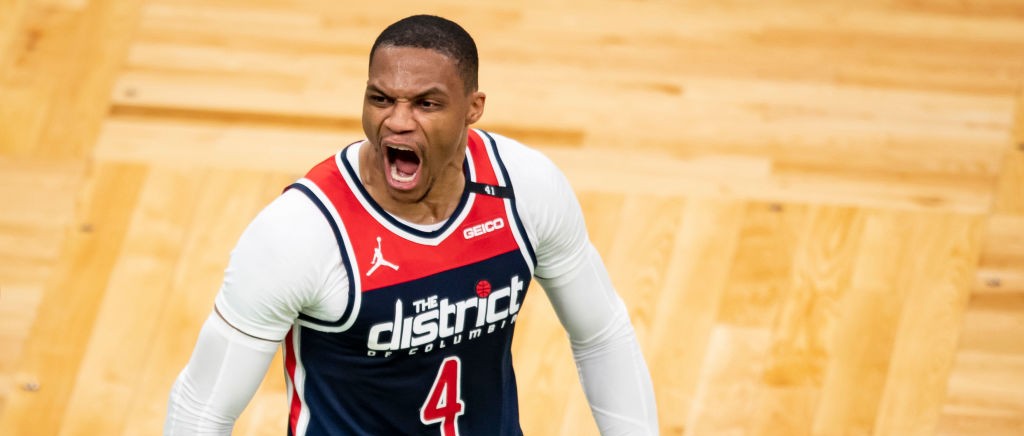
 was on the other
was on the other  .
.
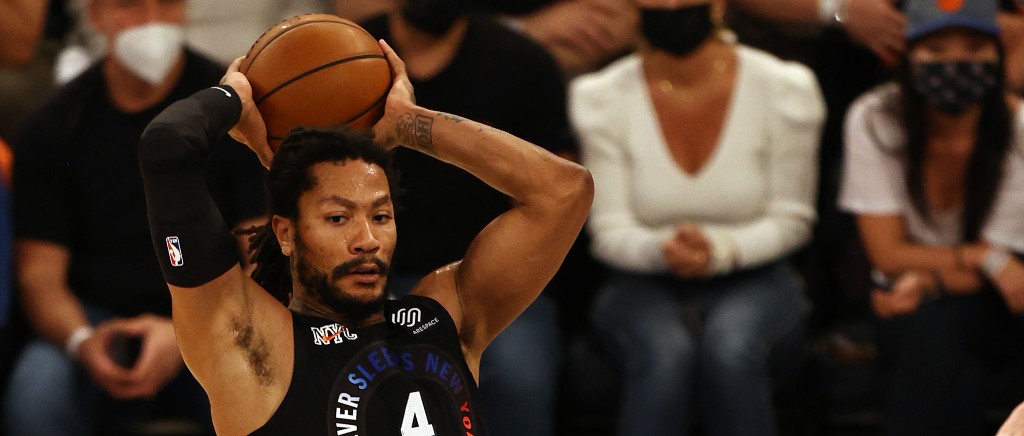



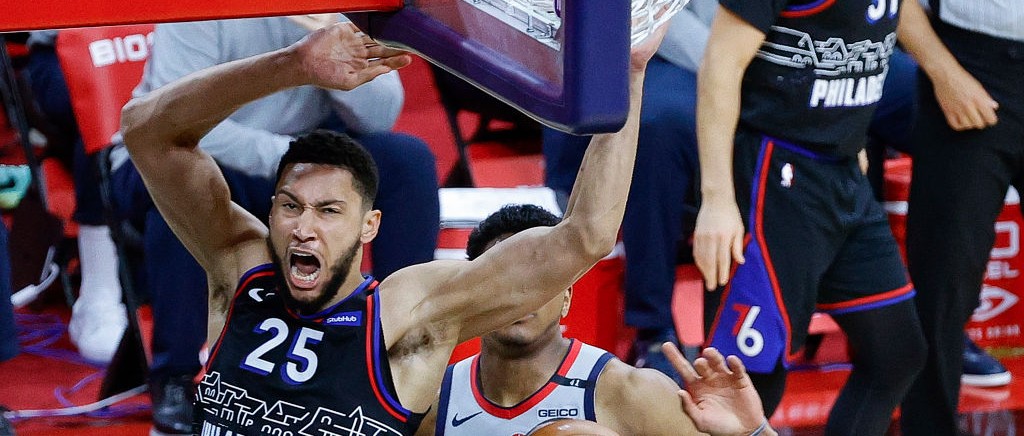

 Make it 5 Matisse Thybulle BLOCKS for the game!
Make it 5 Matisse Thybulle BLOCKS for the game! 